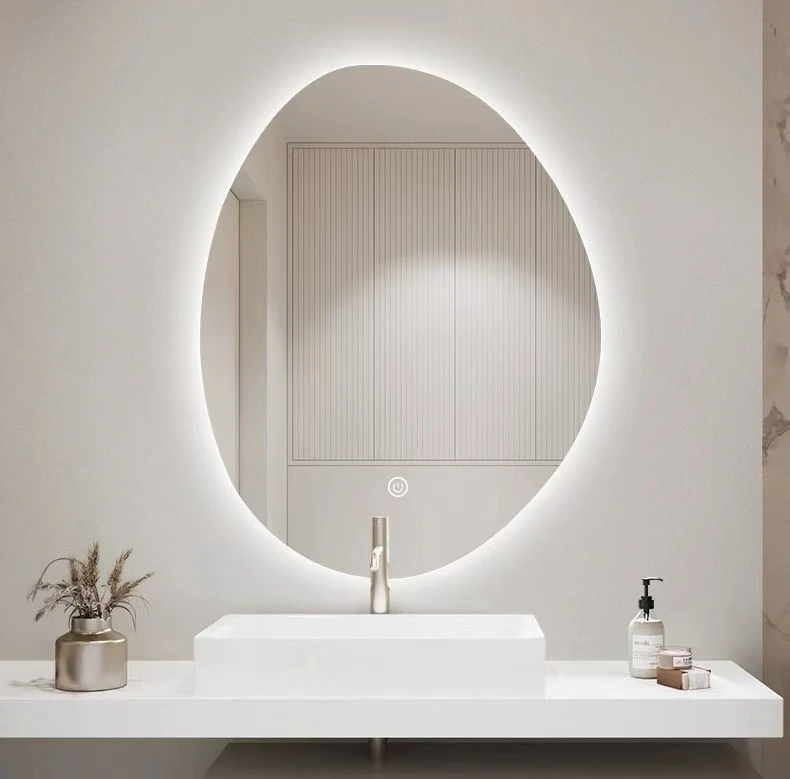

Understanding OEM Tempered Glass An Essential Material in Modern Applications
Tempered glass, often referred to as toughened glass, is a type of safety glass that has been processed by controlled thermal treatments to increase its strength compared to normal glass. The term “OEM” stands for Original Equipment Manufacturer, which highlights the role of specialized manufacturers in producing tailored products for other companies. In this context, OEM tempered glass represents a significant segment in the glass manufacturing industry, playing a crucial role in providing customized solutions across various applications.
What is Tempered Glass?
Tempered glass undergoes a special heat treatment process where it is heated to over 600 degrees Celsius and then rapidly cooled. This process changes the internal structure of the glass, making it much tougher and able to withstand higher levels of stress. As a result, when broken, tempered glass shatters into small, blunt pieces instead of sharp shards, significantly reducing the risk of injury. Its safety features make tempered glass a preferred choice for a variety of applications, including architecture, automotive, and electronics.
The Role of OEM in the Tempered Glass Market
Original Equipment Manufacturers (OEMs) play a critical role in the tempered glass market by providing customized glass solutions to businesses. Many companies require specific dimensions, thicknesses, and finishes for their products. OEMs are equipped to meet these demands, producing tempered glass that aligns with the precise specifications of their clients. This customization is essential in sectors such as construction, where glass panels must fit perfectly within a given structure, or in the automotive industry, where the glass must meet both aesthetic and safety standards.
Applications of OEM Tempered Glass
1. Architecture and Construction In modern architectural design, large expanses of glass are often utilized to enhance aesthetic appeal and to allow natural light into buildings. OEM tempered glass can be used for facades, skylights, glass railings, and partition walls. Its strength and safety features make it an ideal choice for environments where durability and security are paramount.

2. Automotive Industry The automotive sector relies heavily on OEM tempered glass for various components, including windows and sunroofs. The glass must not only provide excellent visibility and aesthetics but also withstand extreme temperatures and impacts. Using OEM tempered glass ensures that these components maintain high safety standards and comply with regulatory requirements.
3. Electronics In the electronics industry, tempered glass is widely used for smartphone screens, tablets, and television displays. The use of OEM tempered glass ensures that these devices have durable, scratch-resistant surfaces while maintaining high clarity and responsiveness.
4. Furniture and Home Design OEM tempered glass is also utilized in furniture design, such as tabletops, shelves, and decorative elements. The sleek and modern appearance of tempered glass adds an element of sophistication to interior spaces while providing durability against everyday wear and tear.
Advantages of Using OEM Tempered Glass
One of the primary advantages of sourcing OEM tempered glass is the specific customization that manufacturers can provide. Tailored solutions mean that businesses can achieve designs and functionalities that perfectly fit their requirements. Additionally, OEMs often ensure higher quality control standards, resulting in superior products that can withstand rigorous use.
Moreover, the production of OEM tempered glass often involves advanced technologies and machinery, ensuring precision in dimensions and strength. These manufacturers also stay updated with industry standards and innovations, which translates to better quality products for their clients.
Conclusion
The significance of OEM tempered glass in modern applications cannot be overstated. As a versatile material that offers safety, strength, and aesthetic appeal, it is a cornerstone of numerous industries. From architecture to automobiles and consumer electronics, the customization options provided by OEMs enable businesses to meet specific needs while adhering to safety regulations. As demand for tempered glass continues to grow, the collaboration between innovative manufacturers and industries will undoubtedly lead to advanced solutions and enhanced product offerings, shaping the future of design and functional applications.